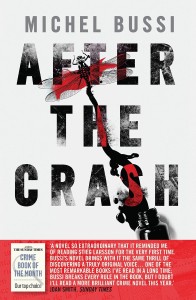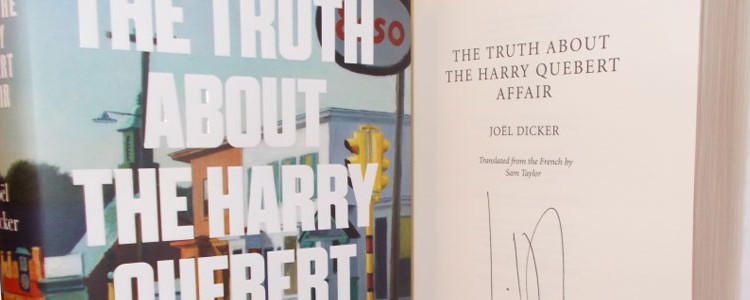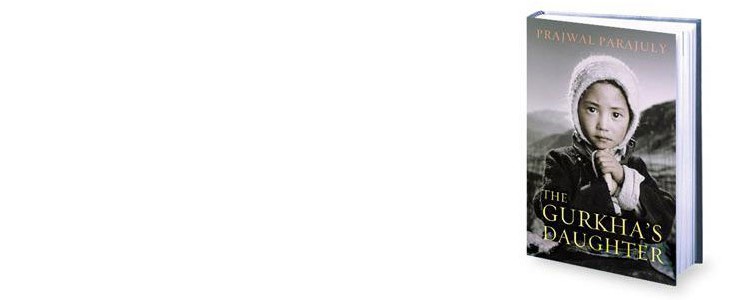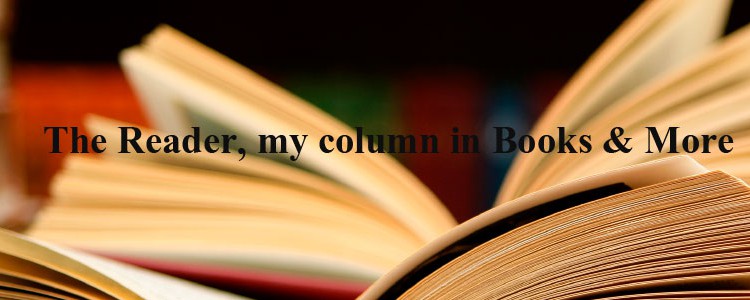Jin Yong or Louis Cha, “Legends of the Condor Heroes”
Jin Yong was the nom de plume of Louis Cha. He is considered the maestro of the wuxia genre, a form of martial arts-heavy fantasy literature set in historical China. A native of Zhejiang province, born in Hangzhou, Jin moved to Hong Kong in 1948. Cha began writing wuxia serials in the 1950s after settling in Hong Kong. He enjoyed almost immediate success, and his career as a novelist enabled him to found his own newspaper, the influential Ming Pao Daily News in 1959. Many of his editorials were highly critical of Mao Zedong, especially during the Cultural Revolution period from 1966 to 1976. His novels were banned in turn. But one of Jin Yong’s earliest readers in mainland China was none other than Deng Xiaoping, the leader who pushed for economic reforms and opening-up in the 1970s and 80s. As was another former Chinese leader Jiang Zemin, Cha said, was a great fan. The Legend of the Condor Heroes, the novel that cemented Cha’s reputation as the king of wuxia, is likely best remembered more for its numerous film and television adaptations over the past four decades. ( Strange Horizons, “A HERO BORN BY JIN YONG, TRANSLATED BY ANNA HOLMWOOD“, 18 Feb 2019)
The Legend of the Condor Heroes was first serialised in a newspaper. Over the years then it was collected and published as books. According to reports the series is spread over 12 volumes and has sold over 350 m copies in Chinese. His stories often feature heroes who defend the powerless. (Lily Kuo, ‘China’s Tolkien’: millions mourn death of martial arts novelist Jin Yong“, 31 Oct 2018) Some call it fantasy whereas others are saying it is really a heroic epic set in medieval China. Also comparing it to the Arthurian Romance cycle for the minor characters in this Chinese epic are given equal weightage as the main characters. Yet others are referring to Jin Yong as the Chinese Tolkien. If media reports are to believed Jin Yong began writing these stories as serials in a local Chinese newspaper while residing in HongKong. So these stories can be construed as political allegories that were anti-Mao and really spoke of the Chinese refugee situation. The first story appeared in the late 1950s.
According to Nick Frisch, a doctoral student at at Yale’s Council on East Asian Studies who met the then 90-year-novelist and was granted a rare interview, the “Master Hong of the Mystic Dragon Sect, the antagonist of his last novel The Deer and The Cauldron, alludes to Chinese leader Mao Zedong during the Cultural Revolution [Hong is a cult leader with superlative martial arts skills, but he is also ruthless and loves nothing more than power and flattery]. If you look at his past statements on the matter, he never completely denied it, but said that fiction that satirizes only an individual moment in politics would not have lasting value. But using allusions is a big tradition in Chinese literature, and he was so involved with current events as the editor of Ming Pao. He was threatened during the Cultural Revolution and was put on an assassination list by the communist underground. He had to leave Hong Kong briefly for safety.” He wrote 15 wuxia novels. The last was published in the early 1970s after which he stopped writing. ( Grace Tsoi, “New translation brings literary maestro Jin Yong to the West“, Inkstone, 19 April 2018)
Writing in The New Yorker, Nick Frisch says:
The success of “Condors,” his third novel, allowed him to found his own newspaper, Ming Pao Daily News, in 1959. In the paper’s early years, Cha wrote many of its front-page stories and editorials himself, decrying Maoist excesses during the Great Leap Forward famine and the Cultural Revolution. At first, Ming Pao hovered near bankruptcy, but it was kept afloat by its must-read fiction supplement, which serialized other people’s novels as well as Cha’s own, in genres ranging from dime-store noir to Lovecraftian horror. Cha staffed the newsroom of Ming Pao with classically trained historians and poets, mostly refugees from mainland China, and this gave his newspaper, along with his novels, a classical texture that Communist cultural reforms starched out of much post-revolutionary literature (including most contemporary Chinese books translated into English today). Cha’s stridently anti-Maoist editorials earned him credible death threats from Hong Kong’s Communist underground, and, in 1967, he briefly left Hong Kong for the safety of Singapore. When he returned, his reputation as a political journalist who risked his life for the cause of his fatherland had grown.
In 1981, Cha’s prominence in Hong Kong earned him an invitation to Beijing, to meet Deng Xiaoping, Mao’s pragmatist successor. Deng treated Cha’s family to a private dinner and professed himself an avid fan. Cha returned the compliment, telling reporters that Deng had a noble bearing, “like a heroic character in one of my books; I admire his fenggu,” the wind in his bones. Then, as the 1997 termination of Britain’s colonial lease of Hong Kong approached, Cha was appointed to a prestigious political committee charged with implementing Beijing’s vague promises of political “autonomy,” the price extracted by London in exchange for a peaceful handover. Hong Kong, a city full of refugees from the regime, watched nervously as Cha staked out conservative positions on democratic representation. Supporters of his anti-Communist editorializing felt betrayed, finding his new positions too accommodating to Beijing; others wondered if his desire to participate in the politics of his fatherland, and his newfound coziness with the Communist Party, had an ulterior, authorial motive: to be read. Deng, by lifting the Communist Party’s censorship ban on “decadent” and “feudal” wuxia novels, uncorked a reading craze. The timing was good: after Mao’s vandalisms, many Chinese sought to xungen, or return to their roots. Cha’s novels offered narrative pleasures steeped in the splendors of China’s past.
… But Cha’s books have resisted translation into Western languages. Chinese literature, which traditionally prizes poetry over fiction, derives much of its emotional force from oblique allusions, drawing on a deep well of shared cultural texts, and Cha’s work is no exception. In February, the first installment of Cha’s most revered trilogy, “Legends of the Condor Heroes,” was published in English translation by Anna Holmwood by the U.K. publishing house Quercus. (An American edition is currently under negotiation.) It is the first time a trade publisher has attempted a translation of the trilogy, which begins in the year 1205, just before the Mongol conquest of China, and ends more than a hundred and fifty years later, after approximately two million eight hundred and sixty thousand Chinese characters—the equivalent of one and a half million English words. (Over three times the length of Tolkien’s “Lord of the Rings” series.) Holmwood’s translation offers the best opportunity yet for English-language readers to encounter one of the world’s most beloved writers—one whose influence and intentions remain incompletely understood. ( Nick Frisch, “The Gripping Stories, and Political Allegories, of China’s Best-Selling Author“, 13 April 2018)
Jin Yong died in 2018 at the age of ninety-four after a long illness. ( Marcel Theroux, “Jin Yong Obituary“, 12 Nov 2018 and Lily Kuo, ‘China’s Tolkien’: millions mourn death of martial arts novelist Jin Yong“, 31 Oct 2018) Despite there being generations of readers who grew up on these stories, many films, tv adaptations, games and comics of the stories being made, these books were never translated into English except for a rare one of The Book and the Sword translated by Graham Earnshaw. In fact Earnshaw began the translation in 1979 and then put it aside. Only to resume it 15 years later when he was contacted by Cha or OUP about publishing it. “Cha and OUP had created a plan with the master translator John Minford, who had done a large part of The Story of the Stone – an English version of Dream of the Red Chamber. The plan was that John would translate the entire Jin Yong oeuvre for OUP, the only exception, at Cha’s insistence, being The Book and the Sword. John did the first book to be published in the series, The Deer and the Cauldron, the last of Cha’s novels; mine was the second, published in 2004.” ( Graham Earnshaw, “I translated Chinese writer Louis Cha ‘Jin Yong’. Here’s why he never caught on in the West“, South China Morning Post, 1 Nov 2018)
Years later the entire 12 volumes of The Legend of the Condor Heroes is being translated by Anna Holmwood. The first volume A Hero Born has recently been released by MacLehose Press. The same press that published the fabulous translation of The Girl with the Dragon Tattoo by Steig Larsson. Anna Holmwood is a professional literary translator and literary agent based in Sweden who is committed to publishing the entire series. ( Mei Jia, “Translator thrilled to bring Jin Yong’s martial arts works to Western audience” China Daily, 19 June 2018; Pan Xiaoqiao “A Legend is Born” Beijing Review, 21 June 2018; Vanessa Thorpe, “A hero reborn: ‘China’s Tolkien’ aims to conquer western readers” The Guardian, 26 Nov 2017; Olivia Ho, “Singapore Writers Festival: Jin Yong’s English translator Anna Holmwood on translating a legend” The Straits Times, 11 Nov 2018; Feng Yu “Translator Anna Holmwood is the hero of Jin Yong’s wuxia” Global Times, 4 March 2018 and BBC Sounds, Last Words, an interview with Anna Holmwood)
In a speech published in 2005, Cha said “It does not matter to me whether I become a historical figure. All I want is that after one or two hundred years, there will still be people reading my books.” The backstory of the publication of the English translation as well as of the epic itself is fascinating. With the books now being made available in English the stories will probably grip the imagination of many more readers.
22 February 2019







